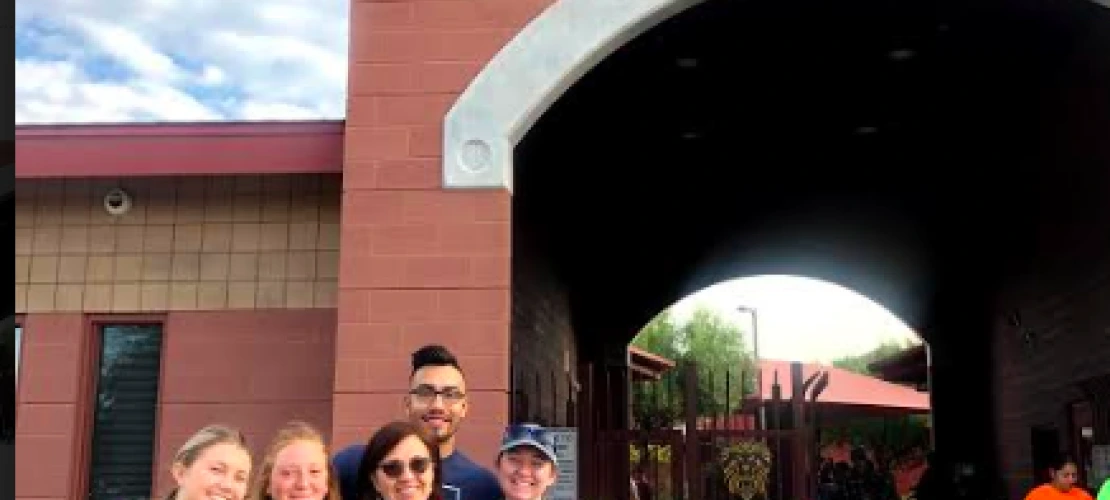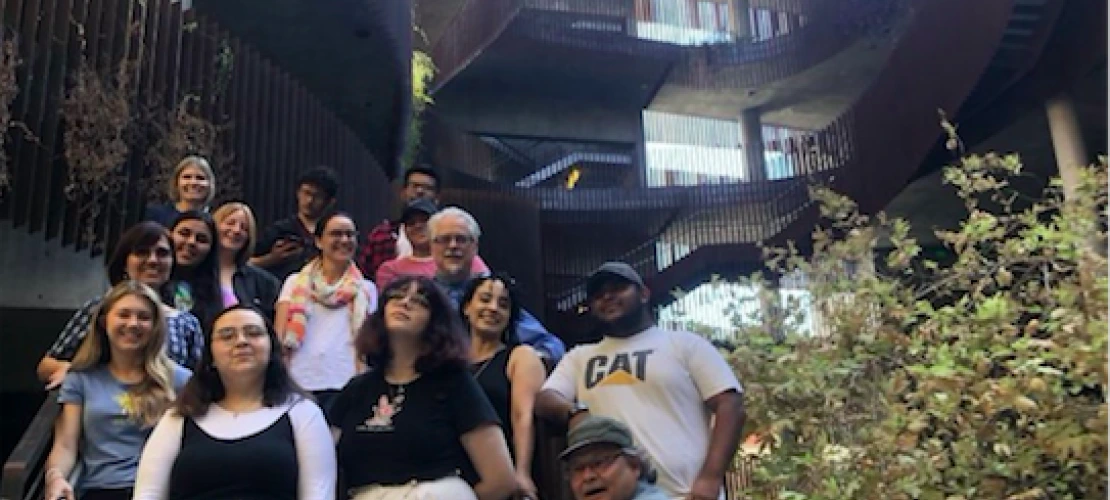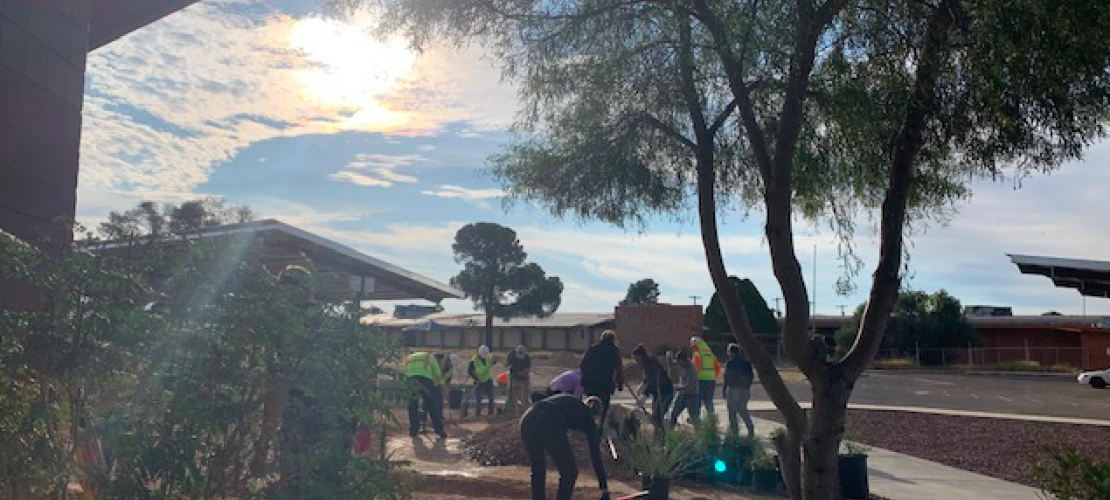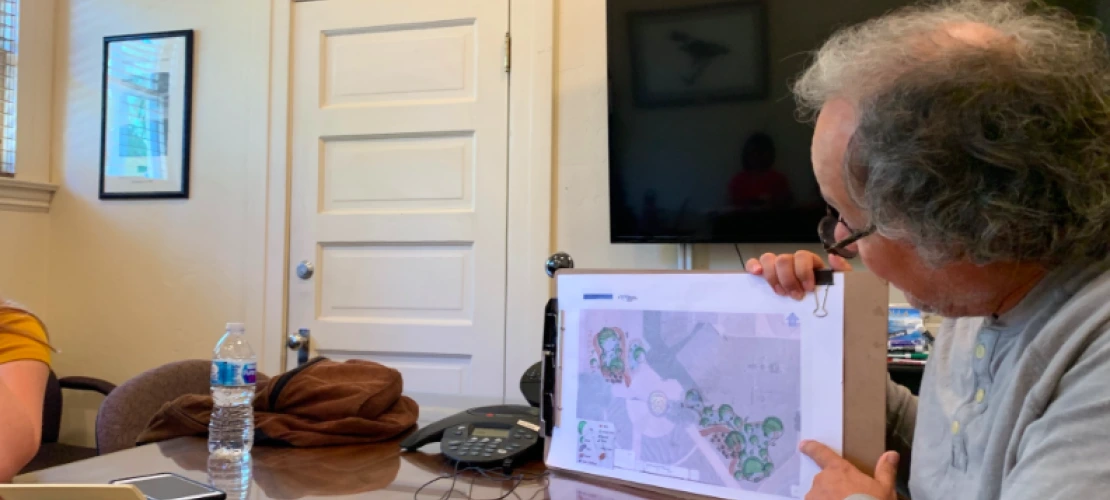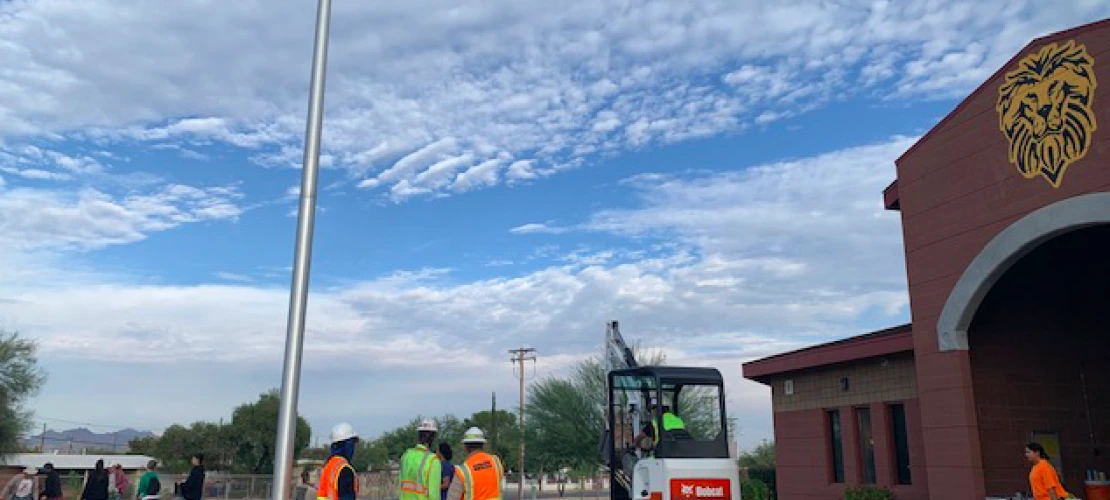By Lauran Morrissey
01/13/20 07:18:pm
In the fall semester 2019, I had the opportunity to work with the Green STAR School project, which is funded by the Haury Program and the UA green fund and led by Adriana Zuniga-Teran and Andrea Gerlak. The STAR team wanted undergraduate assistance to not only examine and review the effects of the implantation in the last couple years, but also wanted to further collaborate with STAR academic high school and the surrounding community
I first met Adriana and Andrea when I was a member of the ASUA Students for sustainability club, where members are grouped in committees based on their specific emphasis or passion in sustainably. Adriana and Andrea came to meet with my group, the environmental social justice committee, and asked about our possible engagement and involvement in her new project she had just applied for from the UA Green Fund. In this meeting, we discussed how the goal of the project was to address the inequitable spatial distribution of green infrastructure through working with low-income Tucson schools and communities. Adriana and Andrea hoped that when they received the grant, she could have out support in collaborating and volunteering with a (then unknown) Tucson school, and then perhaps the larger Tucson community. However, soon after Adriana and Andrea received the grant, I had the opportunity to continue my UA education abroad for a semester in Ireland. I was unaware where the project had gone until the beginning of my senior fall semester.
At the beginning of the semester, I received an email from Adriana about a paid internship involving this project. To my content, Adriana and the team had implemented this idea at Star Academic High School in South Tucson. The purpose of GI (Green Infrastructure) was to make the school environment more livable, sustainable, and enjoyable for the students and staff. In the beginning, the school had little green space and did not have a proper irrigation for its plants; thus making it even a hotter and drier than it already is in South Tucson. The teams enacted more effective storm water management allowed water to better infiltrate the dense soil in the back recreational area of the school. They also planted trees, created benches, redesigned the bus stop near the school, and educated the STAR students about GI and watershed management. With more shade, water and nutrients in the soil, GI would hopefully bring more wildlife and lower temperatures at the STAR school and surrounding area. I decided to join the team in helping with the next stage of their project at STAR: implementing additional and more effective green infrastructure and furthering community engagement in low-income areas of Tucson.
The main focus of the project for the fall 2019 semester was the implementation of green infrastructure at STAR High School. The front of the school had little greenery, trees, and mostly consisted of dense gravel and cement. After collaborating with the principle, facility and students at the school, we decided this would be the best space at the school for the GI implementation. We wanted to design rain water basins around the front of the school. The rain water would drain off the roof of the school into these basins, and permeate new trees and shrubs that we plant. This re-design would ideally serve to reduce flooding and temperature of the STAR school environment. We created a google form to gather volunteers for the implantation, as well as reaching out to various groups on campus, such as students in the sustainable built environments (SBE) program, the Geography School, and members of the Tucson Watershed Management Group. We also reached out to a local Taco Shop, El Guero Canelo, to cater the event’s lunch and further involve the South Tucson community. The watershed management group member and mentor of the project, Joaquin Murrieta, finalized the GI design of the school.
On November 16th, we met at STAR high school at 8:00am to see around 30 volunteers that came to help with the re-design. Throughout the day, around 20 more volunteers showed up to help plant over 60 trees and shrubs. The construction club (J-Ted) at Star High school also came to excavate the dirt for the water basins. After the basins were excavated and everything was planted, we laid down wood chip mulch to further reduce the temperature and density through landscaping. It was validating to see all the planning we did and all the different stages of implementation day come together. I also valued getting some hands-on experience in landscape design and planting, since I plan to go into the accelerated masters program of landscape architecture in Spring 2020.
Along with the implementation, we wanted a way to engage the STAR students specifically in this re-design of their school, and simultaneously discuss rain water management, green infrastructure, sustainable practices and other aspects of green thinking that the students found interesting. The first couple weeks of the semester, we presented our idea of the implementation to the students at Star during their advisory period, and invited them to come to the club meetings that we were holding so they could have a say in how their school looks and acts. We also made announcements and flyers inviting the students to the club. On the first day of the club, around ten students showed up along with the principle and some of the faculty.
We collaborated with the students on what they wanted out of the club, what incentives would bring more students, and what days the club should be held. The students seemed to be interested in planting, construction, identifying plants, and landscape architecture. So my colleagues and I created lesson plans to teach in the club, every Monday and Wednesday from 4:00-5:00, for each subject that the students were interested in. Some lesson plans included a guest speaker on climate change resolution, a plant pressing lesson, a heat/temperature/watershed where we made paper watersheds to show how water permeates through soil, and a design/architecture lesson where we worked with Joaquin on the design of STAR’s entrance. Although the numbers dwindled as the semester went on, it was rewarding to see the interest and commitment of the few students who continued to show up to the club meetings with their passion for learning how to improve their environment.
We also organized a field trip to the UA so we could show the students examples of rain water harvesting techniques, and show them some options for plans after high school. We also wanted to do something fun for the students that would break up the monotony of school. We first took them to observe water harvesting and sustainable build techniques around the UA campus where the head planner at the UA, Grant McCormick, lead the tour. The group started at the visitor’s center where we examined the many water harvesting techniques used on the roof, landscaping and drainage areas around the building. We also went to the Environmental Science and Natural Resources 2 building, Old Main, the student center, and finally the CAPLA building.
Although our initial plan was the implementation day at STAR, the most rewarding part of this experience for me was getting to work with the students at STAR, and see their interests grow in sustainability and helping their school. We held a graduation day for the seniors on the last day of the Green Club. To see the students get excited in getting their “diplomas” after joining us at implementation day and through all the club meetings, made all the time we had put into planning worth it. We hope to continue working and engaging with the students and faculty at STAR in our attempt to bring more environment social justice to South Tucson communities.


